 Most computer maintenance doesn’t require any special tools and materials to maintain computers. In fact, many households already have most of the tools and materials needed to perform all the preventive maintenance in this program, or at least some suitable substitutes.
Most computer maintenance doesn’t require any special tools and materials to maintain computers. In fact, many households already have most of the tools and materials needed to perform all the preventive maintenance in this program, or at least some suitable substitutes.
If you don’t mind spending a bit more up front, you can always buy a better, more powerful item, some of which will actually save you money in the long run. One example is using the DataVac Electric Blower instead of a can of compressed air. A can of compressed air will cost you $6 – $8, has to be used in short bursts, and can be exhausted in just a few uses; whereas the the DataVac Electric Blower costs about $59 and lasts several years. The DataVac is also several times more powerful than canned air, comes with a variety of nozzles, and can blow in much longer bursts. The only down-side is that it requires AC Power.
 Click Here to View Video on YouTube
Click Here to View Video on YouTube
Not every item listed below is required right away, so you can acquire them over time as needed. But I strongly urge you to consider the cost of these items as an essential part of the total cost of computer ownership. The good news is that these items may also be used to maintain and clean many of your other household electronic items.
Table of Contents
Screwdriver Set
 Most of the screws you will encounter with PCs are either 4-40 or 6-32 Phillips head screws, although occasionally you may need a Slotted screwdriver.
Most of the screws you will encounter with PCs are either 4-40 or 6-32 Phillips head screws, although occasionally you may need a Slotted screwdriver.
I actually prefer to use a cordless screwdriver with a magnetized tip.
Jewelers Screwdriver Set (for Laptops)
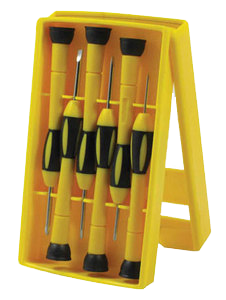 Most jewelers screwdriver sets come in a plastic case with about 6 or 7 Phillips and Slotted screwdrivers. But occasionally, I come across a laptop that uses torx head screws. Most jewelers screwdrivers also come with a swivel top for three finger use.
Most jewelers screwdriver sets come in a plastic case with about 6 or 7 Phillips and Slotted screwdrivers. But occasionally, I come across a laptop that uses torx head screws. Most jewelers screwdrivers also come with a swivel top for three finger use.
Stanley 66-052 6-Piece Precision Screwdriver Set(approx $7 on Amazon)
Cordless Screwdriver (optional)
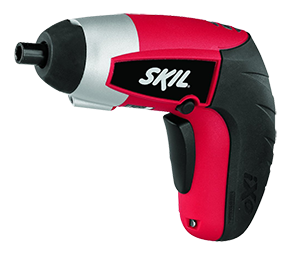 This palm-sized cordless screwdriver comes with a several different screwdriver tips and a charger, and can hold a charge for up to 18 months. I have 2 of these that I bought at Home Depot over 4 years ago.
This palm-sized cordless screwdriver comes with a several different screwdriver tips and a charger, and can hold a charge for up to 18 months. I have 2 of these that I bought at Home Depot over 4 years ago.
SKIL Lithium-Ion Palm-Sized Cordless Screwdriver (approx $35 on Amazon)
Can of Compressed Air
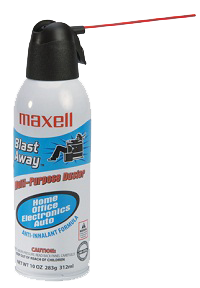
Many brands to choose from and available from most big box stores for about $6 – $8 per can, although you can get a 3-pack at Sam’s Club for $10. You can also get it very inexpensively online.
CAUTION: Use in a well ventilated area, do not breathe the vapors, and consider using safety glasses to protect your eyes from airborne dust and flying debris. Also, keep it away from heat as the contents are under pressure.
Also, secure fan blades when blowing into fans to prevent them from over-spinning which could damage the fan.
When using, avoid pointing the nozzle straight down when blowing or you may cause moisture to develop which can drip onto the electronics.
DataVac Electric Duster (optional)

High-Powered Blower specifically designed to clean dust and dirt from computers and other misc electronic equipment. It blows about as hard as one of those high-powered hand dryers in public restrooms.
- Sturdy all-steel construction
- 500 watt motor, .75 HP, 120 volt, 4.5 amps, 70 CFM air flow
- Includes air pin-pointer, air concentrator nozzle, air -flare nozzle, micro-cleaning tool kit
- More effective than canned air and safer than canned air
- Blows Clean, Dry, Filtered Air That Is Safe For All Equipment
CAUTION: Consider wearing safety glasses to protect your eyes from airborne dust and flying debris. Also, secure fan blades when blowing into fans to prevent them from over-spinning which could damage the fan.
Metro Vacuum ED500 DataVac 500-Watt 0.75-HP Electric Duster 120-Volt (approx $60 on Amazon)
Cotton Swabs

Cotton swabs moistened with rubbing alcohol or water are excellent tools for wiping hard to reach areas in your keyboard, mouse, and other tight locations. I do not recommend using cotton balls as a substitute.
Water or Rubbing Alcohol
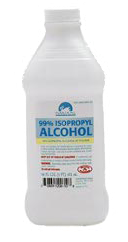
When moistening cloth or cotton swabs for cleaning, it is best to use water or rubbing alcohol. Other solvents may be bad for the plastics used with your computer.
Most rubbing alcohol products you will find in supermarkets or pharmacies are only a 70% solution which is fine for cleaning metal and plastics, but if you are cleaning circuit boards, I recommend you use at least at least 99%. Always try it in a test area first to ensure it doesn’t gum up any of the conformal coating on the circuits boards.
Safety Glasses (optional)
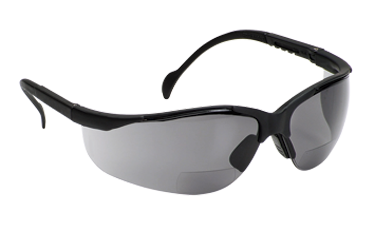
Use safety glasses to protect your eyes from airborne dust and flying debris when blowing out dust from your computer. There seems to be no end to the number of styles when it comes to safety glasses.
Soft Cloth
 Use a soft cloth moistened with spray detergent when cleaning the outer surfaces of the computer case.
Use a soft cloth moistened with spray detergent when cleaning the outer surfaces of the computer case.
You should not use a cloth to clean any circuitry such as the RAM or motherboard since they can generate ESD that can damage electronics.
Microfiber Lint Free Cloth
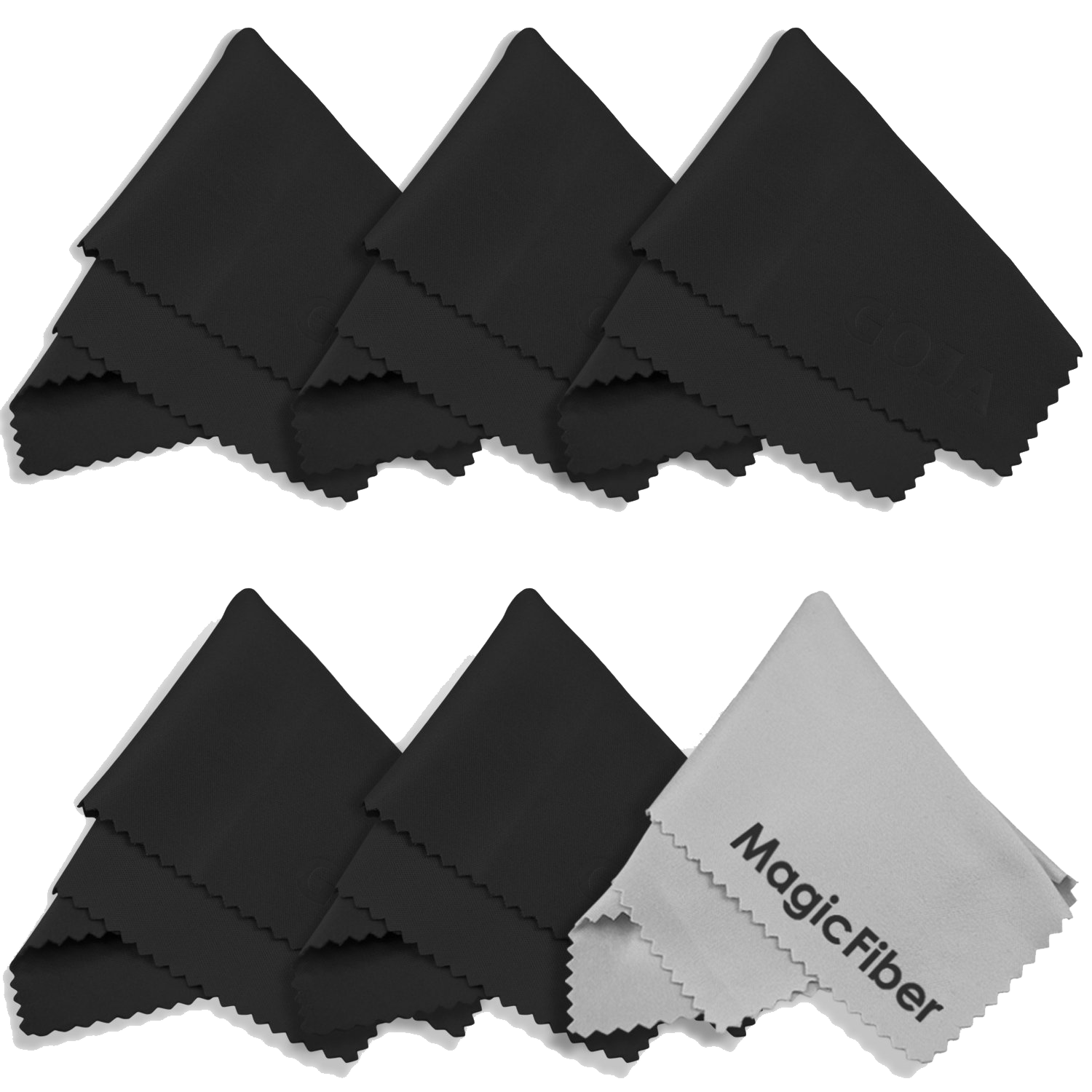
Microfiber Cloth is the best type of cloth you can use for cleaning LCD displays, such as with desktop monitors, laptop displays, tablets, smartphones, etc.
Microfiber cloth can be used without cleaning sprays and can be machine washed for reuse. They are safe for all surfaces, and leave zero scratches, streaks or marks. Each microfiber cloth is packed in it’s own plastic bag for long term safekeeping.
MagicFiber Microfiber Cleaning Cloths (6 Pack)(approx $13 for 6 cloths on Amazon)
USB Keyboard Vacuum Cleaner
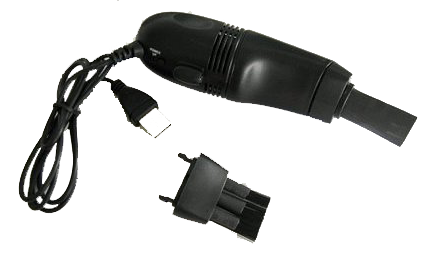 Sucking the dust, dirt, hair, cigarette particles, and other particles out of a computer can be one of the best methods of cleaning a computer. Over time, these items can restrict the airflow in a computer and cause circuitry to corrode.
Sucking the dust, dirt, hair, cigarette particles, and other particles out of a computer can be one of the best methods of cleaning a computer. Over time, these items can restrict the airflow in a computer and cause circuitry to corrode.
Do not use a standard vacuum as it can generate a lot of static electricity that can damage your computer.
A USB Keyboard Vacuum Cleaner can be powered from one of your computer’s USB ports, which makes it very handy.
Hoover USB Vacuum Cleaner for Laptop PC Keyboard (approx $6 on Amazon)
Portable Vacuum Cleaner
 High-powered and specially designed to clean computers, printers and all sensitive-to-dust electronic equipment used in the modern office.
High-powered and specially designed to clean computers, printers and all sensitive-to-dust electronic equipment used in the modern office.
This particular vacuum cleaner costs about $74 + S&H online.
METRO Data Vac Pro Portable Vacuum Cleaner – MDV-1BAC
Sash Brush
 Great for loosening dust when used in conjunction with a blower or compressed air can, or a vacuum cleaner. Technically, when cleaning circuit boards, you should use a low-static brush.
Great for loosening dust when used in conjunction with a blower or compressed air can, or a vacuum cleaner. Technically, when cleaning circuit boards, you should use a low-static brush.
Flashlight
 Whenever you have your PC case open, use a flashlight to perform a visual inspection. Early detection of problems can save your PC from a catastrophic failure. Look for burned, loose, discolored, bulged, and broken items. Also check fans for proper rotation.
Whenever you have your PC case open, use a flashlight to perform a visual inspection. Early detection of problems can save your PC from a catastrophic failure. Look for burned, loose, discolored, bulged, and broken items. Also check fans for proper rotation.
Magnifying Glass
 A magnifying glass is another helpful item for visual inspections.
A magnifying glass is another helpful item for visual inspections.
You can also use them to read the small print on Product Key, Model and Serial Number labels.
Portable Hard Drive
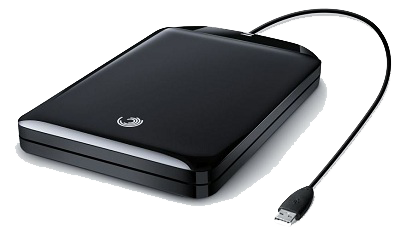 Portable Hard Drives are used for backing-up your personal files and disk images. While I recommend using Flash Drives to keep your everyday on-the-go data handy, I don’t recommend them for your full-long-term backups. Flash Drives are helpful for backing up some of your data, but typically aren’t large enough to store large amounts of media such as high resolution pictures, music, and videos. So it is a goof idea to invest in a Portable Hard Drive.
Portable Hard Drives are used for backing-up your personal files and disk images. While I recommend using Flash Drives to keep your everyday on-the-go data handy, I don’t recommend them for your full-long-term backups. Flash Drives are helpful for backing up some of your data, but typically aren’t large enough to store large amounts of media such as high resolution pictures, music, and videos. So it is a goof idea to invest in a Portable Hard Drive.
Also, be sure to “copy” your data to your backup drive, NOT moving it. If it isn’t the 2nd copy, it isn’t a backup!
Flash Drive
 Use a Flash Drive for your everyday, on-the-go data backups. I recommend you buy one that has a switch to write-protect the drive to prevent auto-run viruses from infecting your drive when inserting it into an infected computer.
Use a Flash Drive for your everyday, on-the-go data backups. I recommend you buy one that has a switch to write-protect the drive to prevent auto-run viruses from infecting your drive when inserting it into an infected computer.
Surge Protector
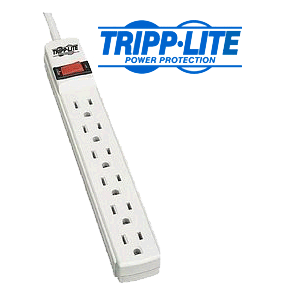 A surge protector (or surge suppressor) is an appliance designed to protect electrical devices from voltage spikes. A surge protector attempts to limit the voltage supplied to an electric device by either blocking or by shorting to ground any unwanted voltages above a safe threshold.
A surge protector (or surge suppressor) is an appliance designed to protect electrical devices from voltage spikes. A surge protector attempts to limit the voltage supplied to an electric device by either blocking or by shorting to ground any unwanted voltages above a safe threshold.
Many power strips have basic surge protection built in; these are typically clearly labeled as such. However, power strips that do not provide surge protection are sometimes erroneously referred to as “surge protectors.”
Uninterruptible Power Supply (UPS)

An uninterruptible power supply or UPS is an electrical apparatus that provides emergency power to a load when the input power source, typically mains power, fails. A UPS differs from an auxiliary or emergency power system or standby generator in that it will provide near-instantaneous protection from input power interruptions, by supplying energy stored in batteries or a flywheel. The on-battery runtime of most uninterruptible power sources is relatively short (only a few minutes) but sufficient to start a standby power source or properly shut down the protected equipment.
A UPS is typically used to protect computers, data centers, telecommunication equipment or other electrical equipment where an unexpected power disruption could cause injuries, fatalities, serious business disruption or data loss. UPS units range in size from units designed to protect a single computer without a video monitor to large units powering entire data centers or buildings.
The primary role of any UPS is to provide short-term power when the input power source fails. However, most UPS units are also somewhat capable of correcting common utility power problems such as: voltage spikes, or sustained overvoltage, reduction in input voltage, noise, mains frequency instability, and harmonic distortion.
UPS units are divided into categories based on which of the above problems they address, and some manufacturers categorize their products in accordance with the number of power-related problems they address
APC BE550G Back-UPS ES 8 Outlet 550VA 120V (approx $60 on Amazon)

